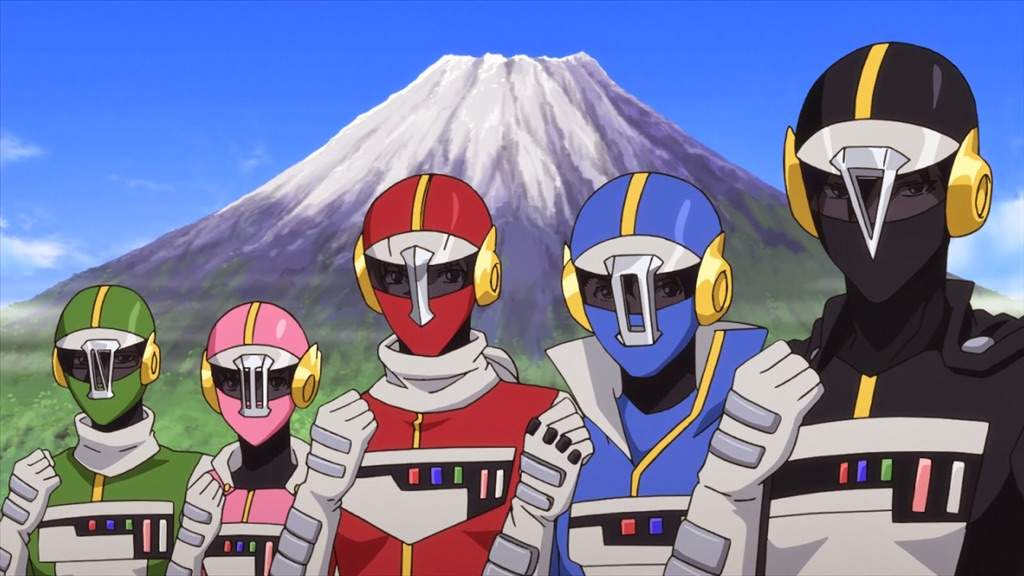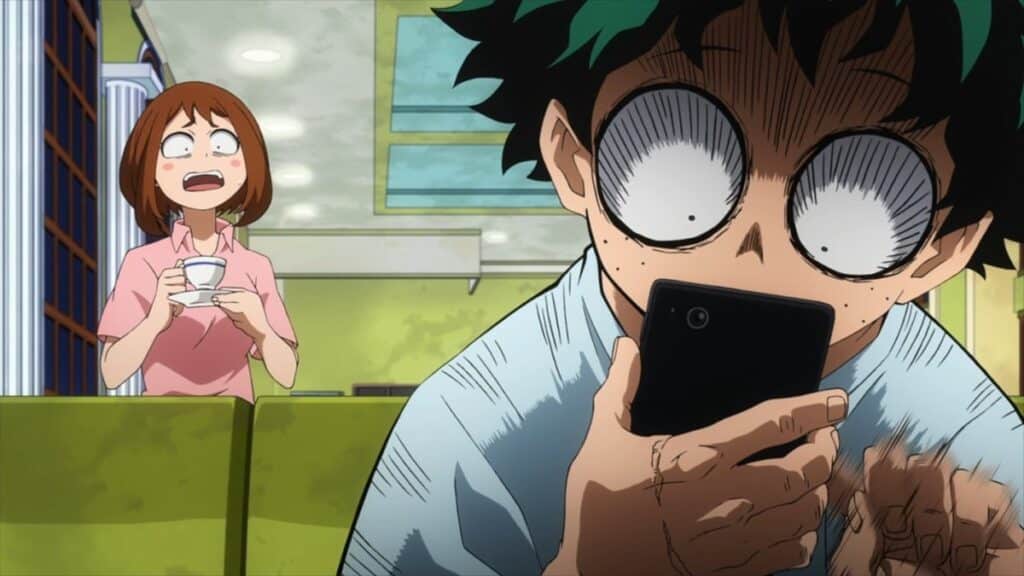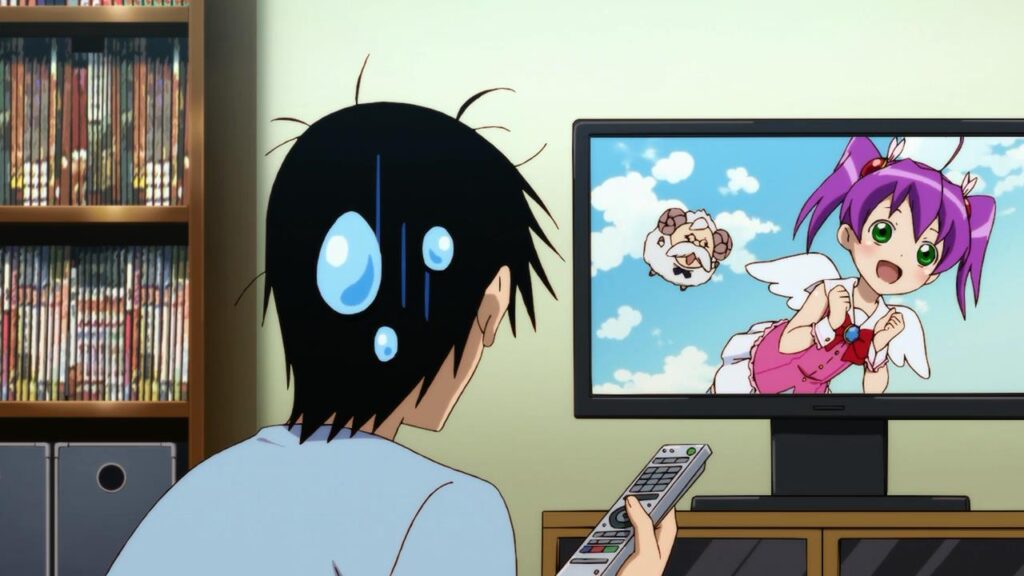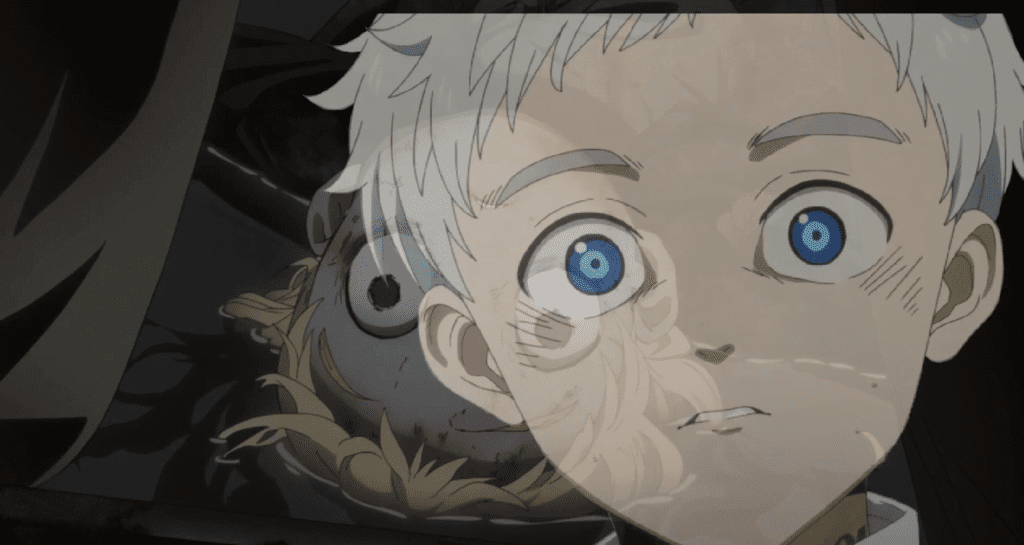When you create a character in a visual media, typically you want a way to differentiate that character from the other characters you may be introducing. When you have the tools of sound and storytelling as well as sight in anime, that’s not so hard to do. You make them look unique, make sure their unique personality is heard and seen, and give them a memorable role in the story. However, if you happen to be introducing a lot of characters at the same time, there is one more tool to use – color.
We don’t think much of it, but color plays a large and memorable role in our minds. We associate different colors with specific things. Yellow is happy! Red is energetic! Orange is fire! Black is edgy! This, when used heavily one way per character, subconsciously tells us a lot about that character. While this seems like a lazier sort of character design, color coding in anime isn’t always used to create one note characters either. In the end, most times it is just a style choice.
If color coded characters in anime are what you are looking for, we have some anime recommendations for you.
Best Anime With Color-Coded Characters
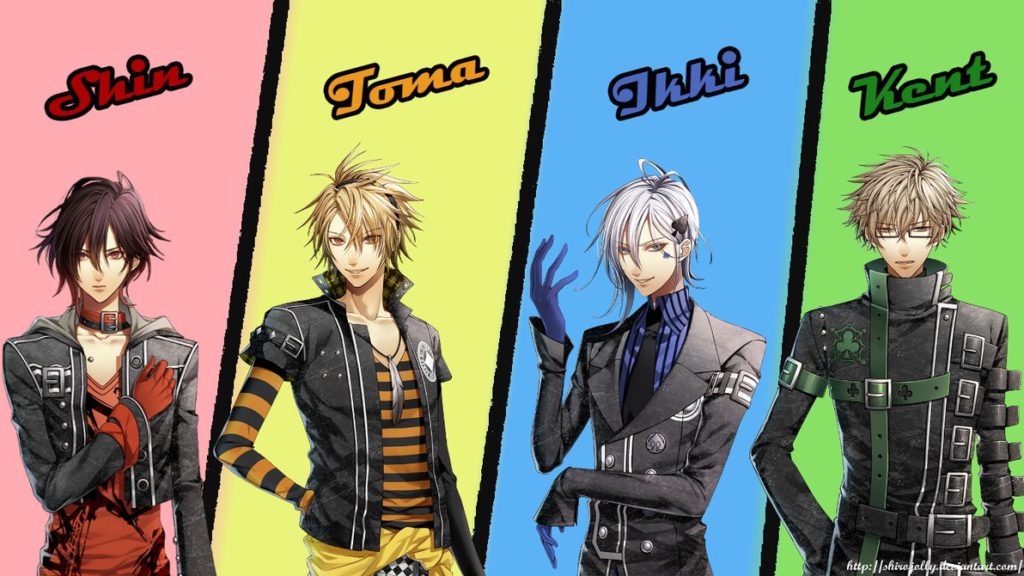
Amnesia
When your boys are all so similarly beautiful and all so similarly damaged, how can you possibly tell them apart!? For the dating sim visual novel-based Amnesia, the key was to color code the boys.
Not just matching hair and eyes, but their whole outfit is themed around a particular color. Unlike some other entries on this list, that color doesn’t necessarily coincide with their personality type.
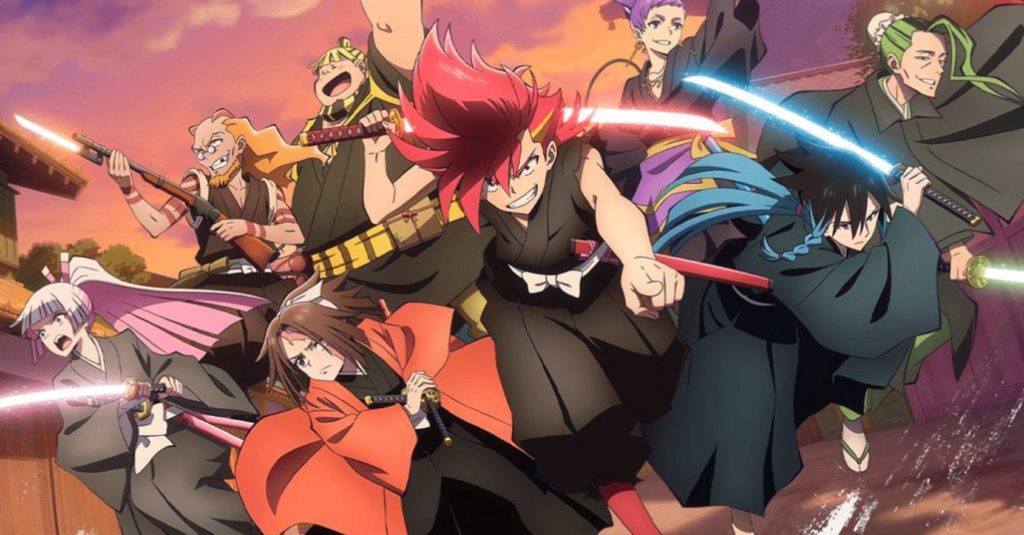
Bucchigire – Bakumatsu Bad Boys
When you are telling a story about a group larger than your standard five-stack, typically you set the characters apart by making them varied in appearance and personality. However, Bucchigire took two roads at the same time. It made them diverse in appearance AND heavily color-coded.
You have your standard power ranger colors given to each criminal who, in the show, is taking the place of a slain Shinsengumi member. As they are so different in appearance, the color-coding wasn’t really needed, but it does inject a fair bit of color into an era of history where you could theoretically have characters that look a bit same-y.
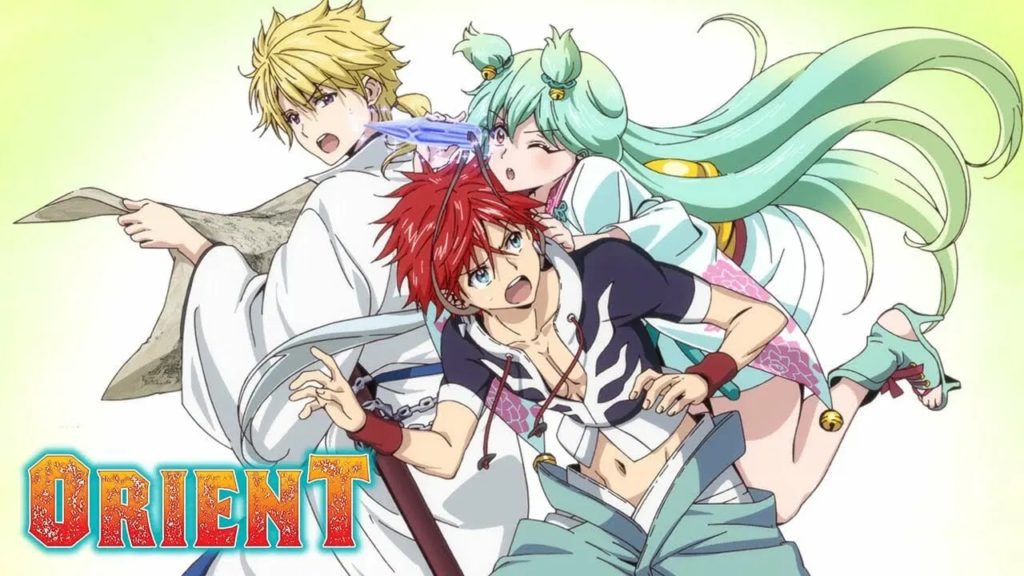
Orient
All shounen shows have a certain element of color-coding to the characters, but typically it is fairly subtle and often only limited to the main character group. However, while Orient is really dedicated to color-coding its main trio, you will also see color teams throughout their encounters.
For example, in Musashi’s hometown, you will note a distinct red theme to the characters. You then meet the Takeda Bushi Band that are all blue in color theme. You then have Tsugumi and her beloved green-themed Kanemaki Band. It gets less obviously color-coded from there, but the coding makes a lot of sense considering the sword skills are all classified by colors.
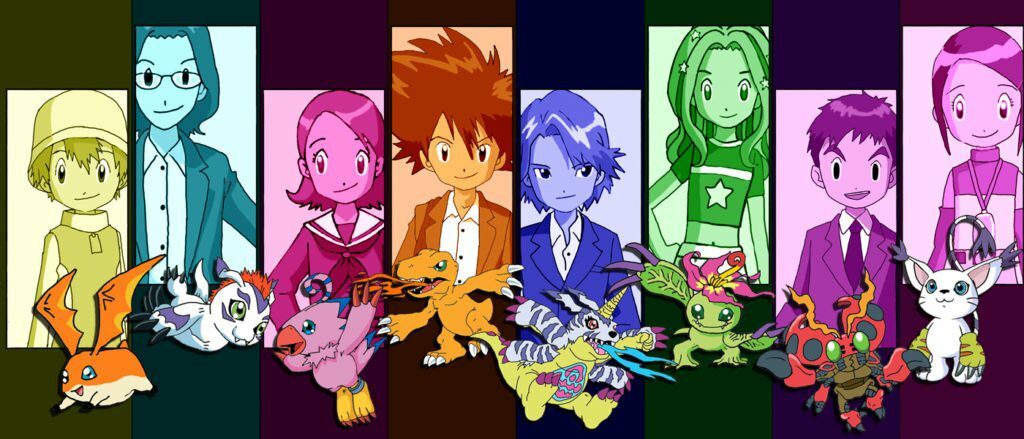
Digimon
Unlike its kissing cousin Pokemon, Digimon threw in a dose of color coding into all its series entries. The interesting thing is that the colors were not always the same per character type throughout the series. You see a lot of red and orange representing main character types, but not always.
Furthermore, in later entries, you also see the color coding shift per character based on how the series transforms. The fact that their color changed is also considered a shift in character development, power, or dynamic, which is a pretty smart use of it.

Love After World Domination
As this series is part-rom-com and part-Super Sentai parody, of course there would be some color coding. The Gelato 5, as a Super Sentai group, all have designated colors and typically their character design matches that color or at least compliments it.
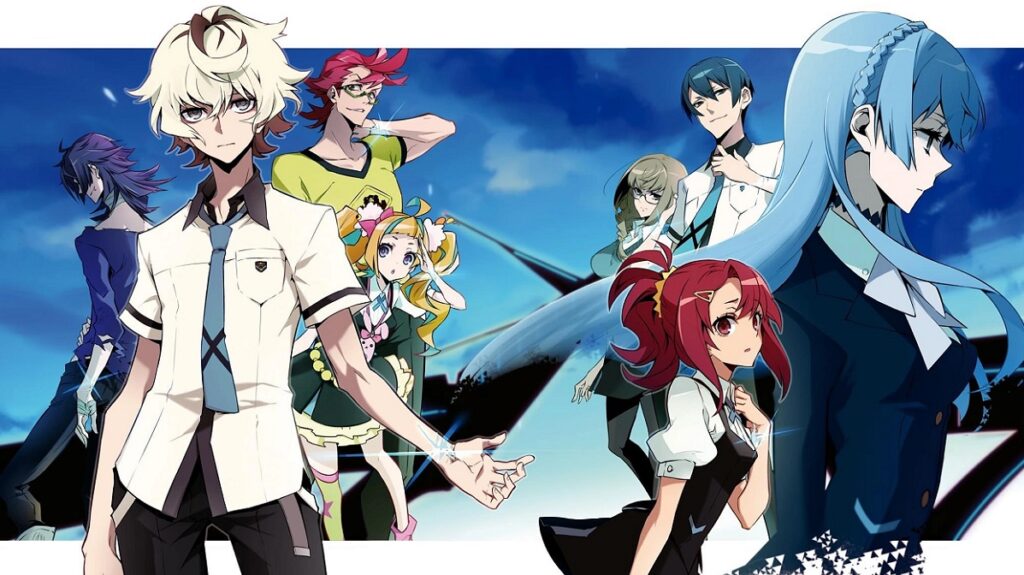
Kiznaiver
Kiznaiver is yet another example of a particularly large group of people who are made notable not just by diverse personalities, but by specific color coding.
As Kiznaiver is all about emotions, the color coding here isn’t just so you remember the individual characters by color, but their color also represents their personality. Yellow is bubbly, orange is fiery, white is dead inside, and so on and so forth.

Kuroko’s Basketball
You don’t see too much color coding in sports anime. Haikyuu had it a bit with it main character, but mostly sports anime tends to lean more into realistic looking characters with magnificent abilities. Kuroko’s Basketball is different.
Not every character is color coded, but the entirety of the Miracle Generation is. They want you to know that these specific players are different, and you can note them because they all have a theme color to their design.
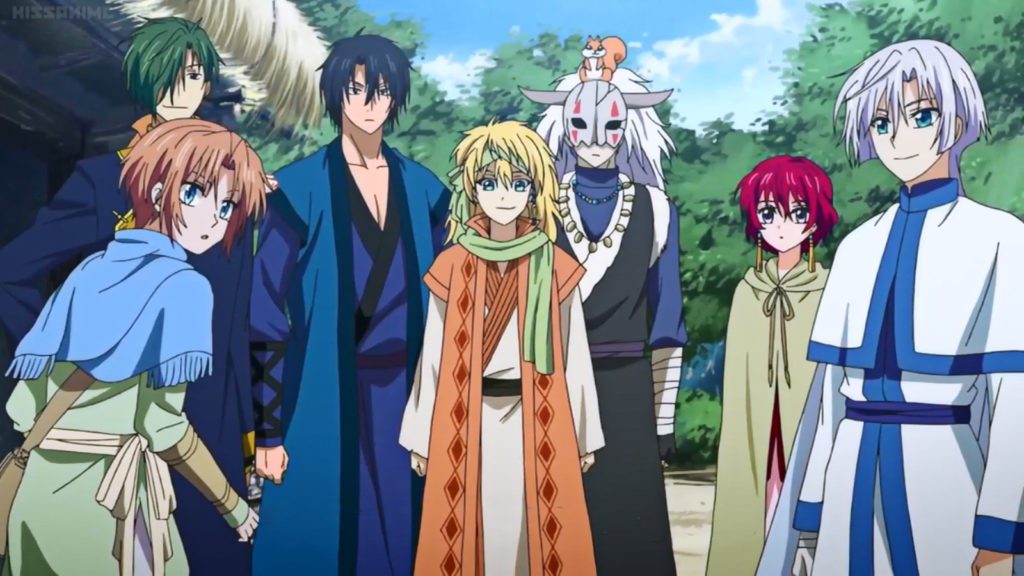
Yona of the Dawn
You don’t often see widespread colored coding in the shoujo/josei genre. Sometimes you get a boy with a theme color, but usually that’s about it. Yona of the Dawn leans into this usually more shounen affliction by being strongly about character color.
Yona with her purposely often noted red hair is looking for dragon warriors named by color who all just happen to have physical appearances that strongly reflect that color. You would think they wouldn’t be hard to gather, and since she does it so quickly, you’d be right!
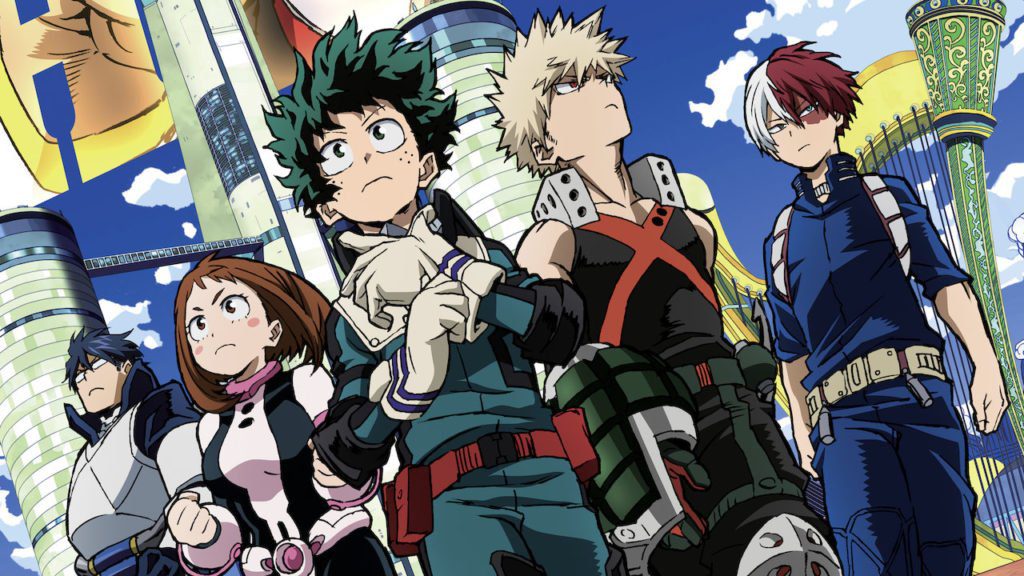
My Hero Academia
This is a newer shounen show that leans particularly hard into the color coding. This actually makes a lot more sense considering that My Hero Academia is based all around Western-style super heroes, and Western-style super heroes often have theme colors.
While all the heroes have a specific theme color or set of theme colors, no character leans more into it than the main one. Midoriya, “midori” being green in Japanese, is all about that green in everything from his hair and eyes to his and super hero outfit. It’s all green.
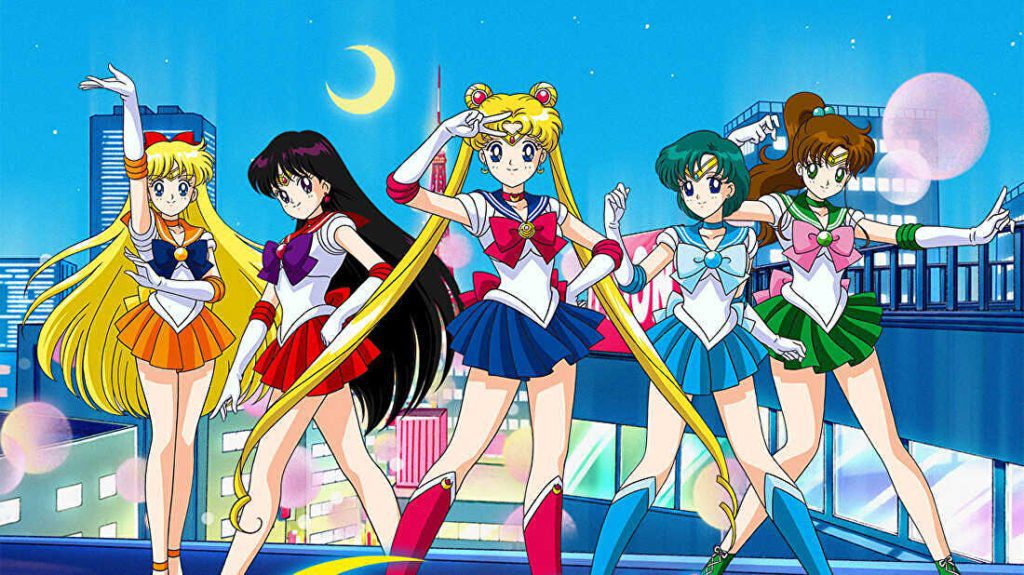
Sailor Moon
Sailor Moon is often pretty subtle about it, but there is tons of color coding in the show. It is not just the Sailor Senshi who occasionally have eyes and hair that match their skirt, but there are a number of other smaller groups in the show that are notably color coded as well.
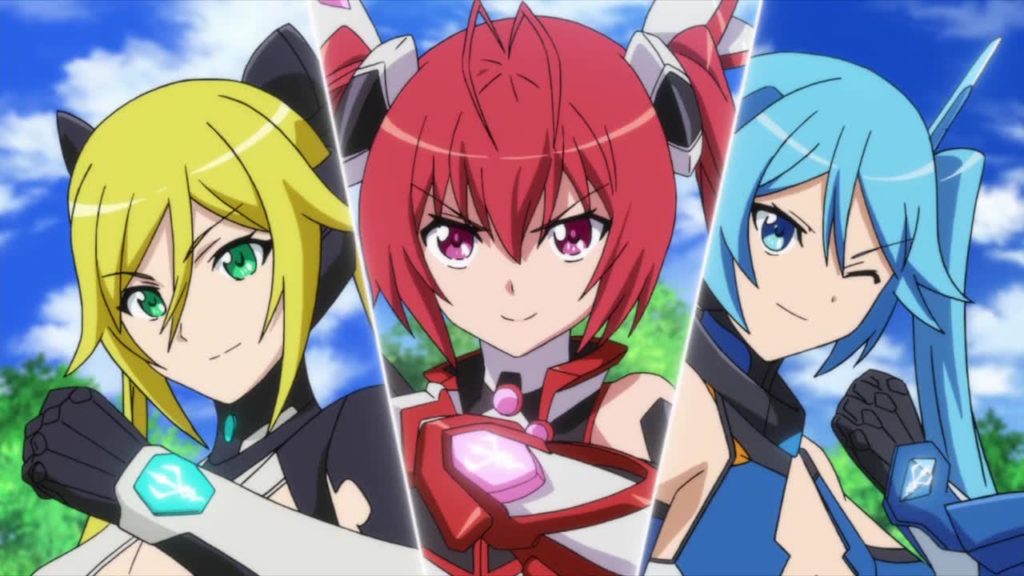
Gonna be the Twin Tail
Yet another Super Sentai parody, this one centers around twin tail warriors who transform into scantily clad warriors of varying color themes to fight aliens – despite the main character being a boy.
However, there are only a spare few twin tail warriors in the show, which is fair since this is purely a parody-based comedy and not a serious action show.
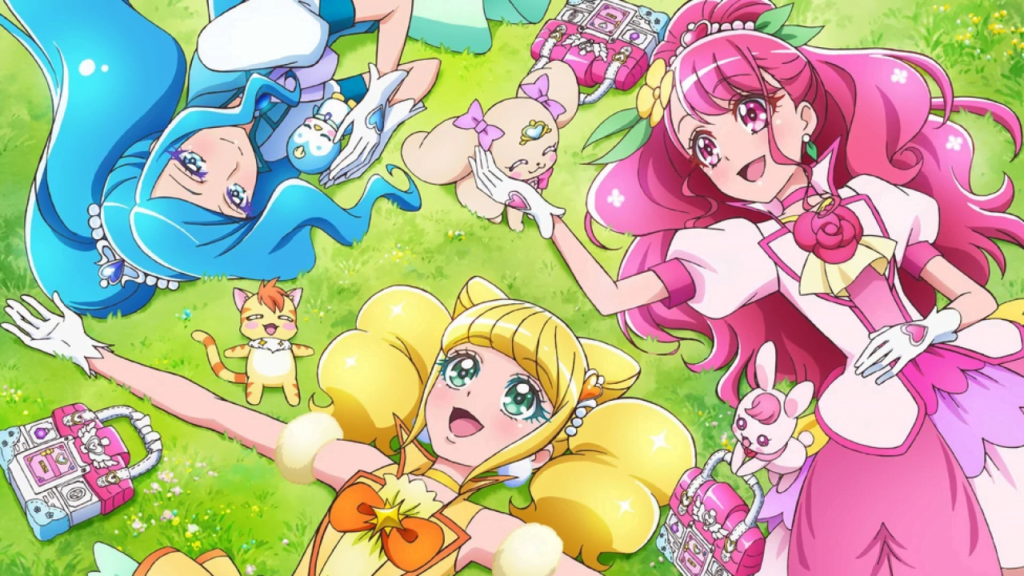
Pretty Cure
Magical girls do love their color-coding, but not as much as they love making their characters as cute and frilly as possible. Pretty Cure is a long running example that finds a way to do both.
Throughout the many, many entries to the series, you will find the groups of magical girls all adorable and specifically color coded in every respect. It represent them in their outfit, their eyes, their hair, even their personality type. It is truly a type of show where you can know a character from just a still image in many cases.

Madoka Magica
Even though it is a dark magical girl show, Madoka Magica did not shirk all magical girl tropes. In fact, the fact that they embraced color coding in its characters kept up the charade that this was going to be another normal magical girl anime entry.
I mean, right up until the deaths. Anyway, you can’t be a subversion without a few tropes thrown in.
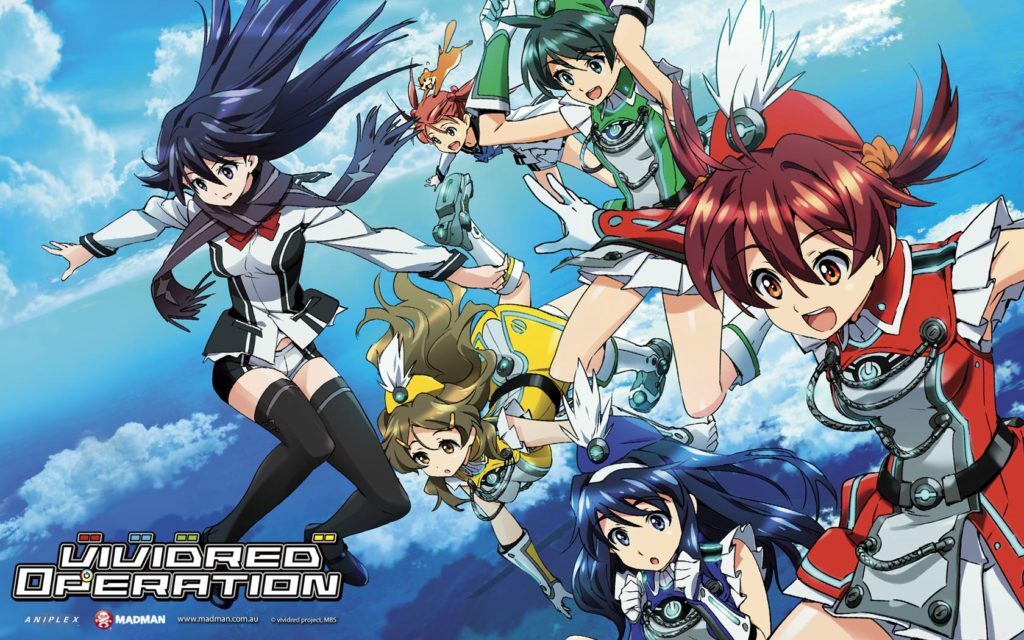
Vividred Operations
Just because the hair and the eyes of a character match in a magical girl anime doesn’t mean their costumes will match, like in Symphogear. However, in Vividred Operations it does. To be even more on the nose, their names also match the their color scheme.
You would think a show about the main character fusing into others would change their color coding up, but you’d be wrong.

Tokyo 24th Wad
This series seems to be trying to mirror Super Sentai-type heroes without being particularly obvious about it. The main trio is heavily color coded, and that is made more apparent when their powers activate.
No one else really is color coded, which seems to indicate they want these three characters to distinctly stand out to you, and they do!
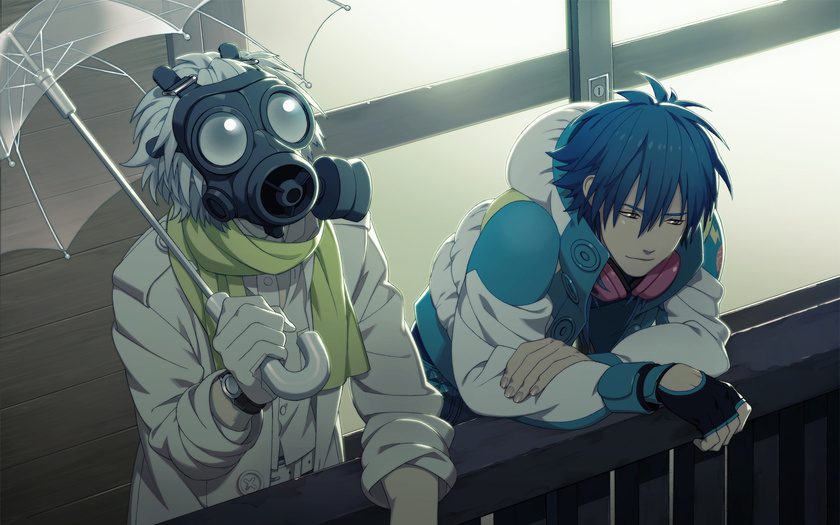
Dramatical Murder
Like Amnesia, this series is also based on a dating sim-esque game, this time with a boy’s love spin that can dive head on into horror if you make bad choices. The anime saves those bad ends for the OVA, so it is a more a mystery type.
While the main character is very obvious in his color themes, some of the other main men can be a little more coy with their color coding. You notice Clear is distinctly white and Noiz leans into black, but some like Koujaku and Mink are a little more into complimentary colors.
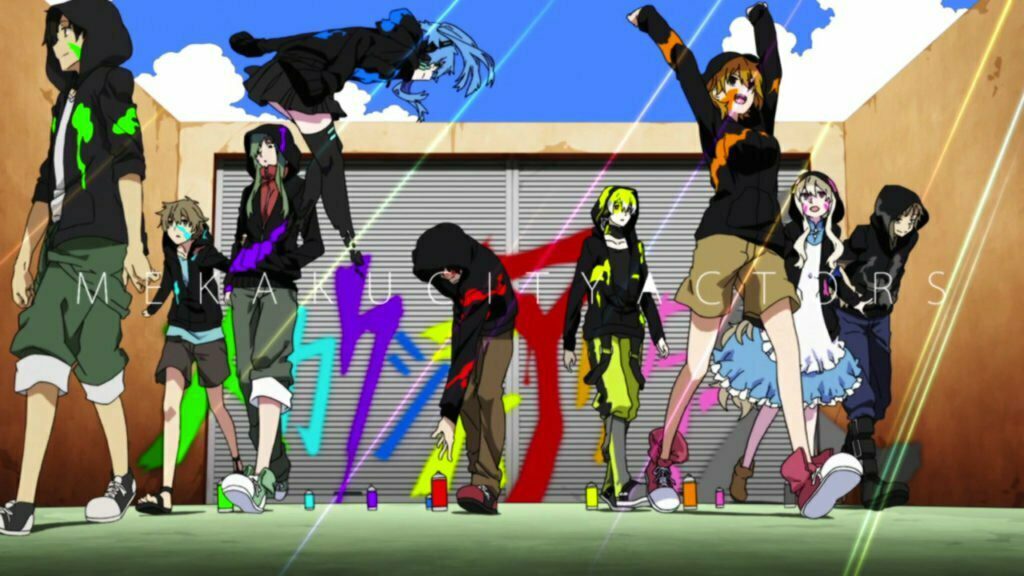
Mekakucity Actors
This is a similar situation to Dramatical Murder where the main character is very blatantly color coded, but the other characters, while often having somewhat obvious theme colors, can be a little more coy.
While it utilizes the old standard of hair color to match your outfit, sometimes the characters have normal hair colors that make their color coding more subtle.
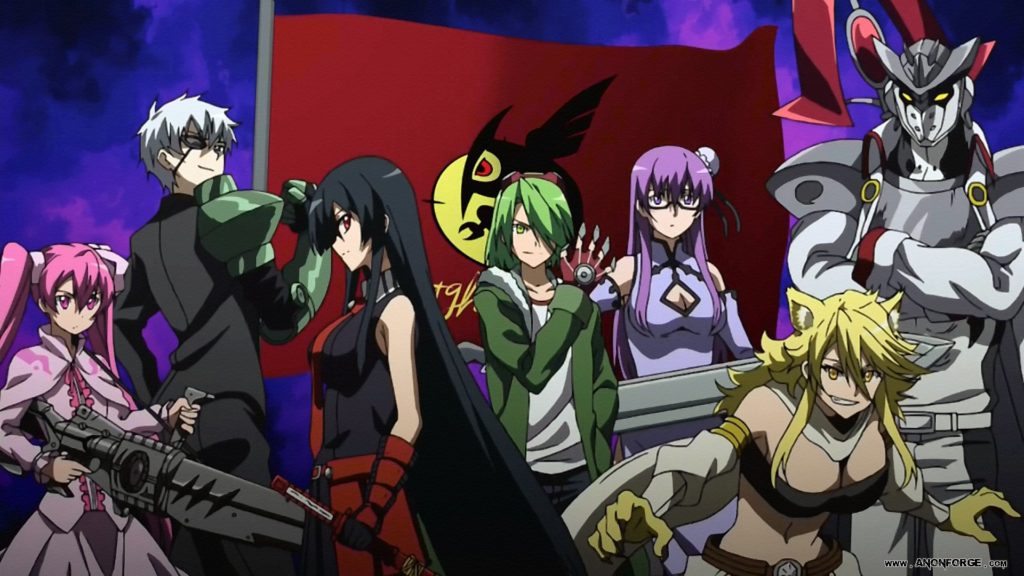
Akame ga Kill
Admittedly, some of the color coding on this list is lighter than others. You infer a lot by vibrant hair colors so that it becomes their whole theme color even if they wear something more complimentary.
Like it does on a lot of things, Akame ga Kill goes all in when it comes to color coding. Almost every one of the hero group has a theme color, many of slathered in it from head to toe.
Do you know of more anime that utilizes heavy color coding in its characters? Let fans know in the comments section below.
